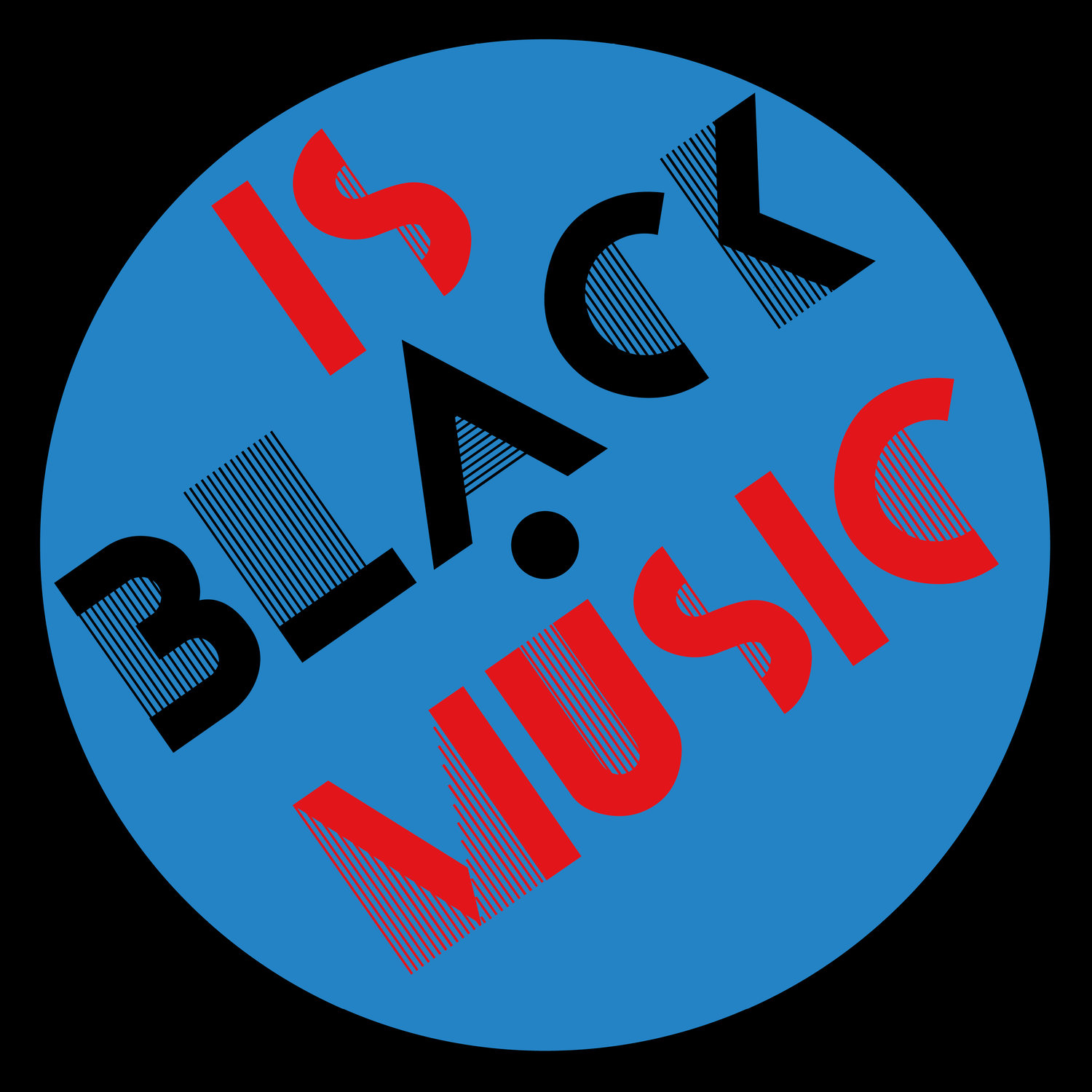Black Art Summer
This has been a summer of Black exhibitions, which will continue through the autumn. Two take place in London: Tate Modern’s Soul Of A Nation and Black Cultural Archives’ Black Sound exhibition in Brixton. The other is Center Stage: African American Woman In Silent Race Films, held at the African American Museum in Los Angeles.
I’m gonna explore these last two in future postings. Now to The Soul Of A Nation… This exhibit begins to blow your mind as soon as you come off the third-floor escalator at Tate Modern. There you are greeted by black and white TV screens showing key moments and prominent speakers from the Civil Rights movement that triggered manifestos of Black Power.
Next door above the entrance to the bookshop is a display of LP covers that made me think I was actually dreaming. It was the best concentration of avant garde and arty Black music album covers I have ever come across.
Records that I have only heard of like Elaine Brown’s Seize The Time and Max Roach’s We Insist, were there right above my head to see for the first time.
Also there were LPs there that I only imagined would exist such as La Mont Zeno Theatre’s Black Fairy soundtrack and the The Festival Of New Black Poets In America’s Black Spirits soundtrack.
The bookstore itself is well worth a visit. Here you will find the most extraordinary assemblage of revolutionary and progressive African American art and cultural books that I’ve ever seen.
Titles such as Mounting Frustration (The Art Museum In The Age Of Black Power) by Susan E. Cahan and Whatever Happened To Interracial Love by Kathleen Collin’s turn this bookstore into a Black art manifesto archive.
Hopefully you can manage to drag yourself away from all these screens, books and wonderful things. Because when you actually go through the doors of the paid part of the exhibition you enter a world of Black art that was once hidden in obscure underground galleries.
For instance an experimental dance piece by Houston Cornwall titled Cake Walk filmed by Ulysses Jenkins, and John Outterbridge’s Traditional Hang Up, a mixed media assemblage which appropriates the sacred emblem of the Stars and Stripes and turns it into a coffin.
Women are well represented, with the legendary artist/activist Faith Ringgold’s work woven throughout the exhibition. Her profound painting American People Series #20: Die is a blood-splattered and agonised testament to sexual and racial relations in America.
And the phantasmagoric female artist Bette Saar’s work is also here, including the enticing and inciting Sambo’s Banjo, where a ghoulish Sambo figure and a skeleton perform a dance of death in a banjo case.
It is all here: music, dance, politics and folklore.
It is also striking to see the power that visual art played in the Black Panther movement. Emory Douglas, one of the main creative forces collaborating with Huey Newton and co, demonstrates his subversiveness in the form of punchy and colourful graphic art.
The most curious pieces are the abstract paintings. These artists were often shunned for not being more politically explicit during the revolutionary times of the Black power movement.
Archibald Motely’s masterpiece The First Hundred Years is also included in the Tate’s retrospective. The painting took ten years to create, and was to be his last. Haunted and haunting, the intensely blue night scene depicts lynchings, klansmen, and the floating heads of murdered leaders Martin Luther King and JFK.
It is possibly the greatest and clearest voicing of the Black experience within America.
As someone who grew up in the soul era, I thought I had seen and heard everything about this subject. I was wrong.
This is not a beginner’s course in Black American culture. This exhibit advances beyond any other I have witnessed on the art and creativity of this here soul nation.








